Local News
Winnipegger David Ganetsky becoming go-to guy for mould and asbestos removal throughout Western Canada
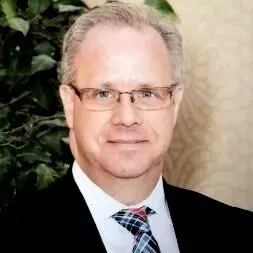
By MYRON LOVE David Ganetsky’s Enviro Doctors is fast becoming the preeminent specialist throughout Western and Northern Canada when it comes to mould and asbestos removal. In the past year alone, Ganetsky points out, his employee numbers have grown from 10 to 35.
“Over the past couple of years, our business has been growing exponentially,” he reports. “We currently have seven crews (each consisting of four members) operating in places such as Thompson, Brandon and The Pas. We have one crew that specializes in mould removal.
“We have contracts for projects – beyond Manitoba – in Saskatchewan, Alberta, Northwestern Ontario, Nunavut and Yellowknife in the Northwest Territories. None of our competitors match our geographical reach.”
Ganetsky and Enviro Doctors have come a long way in just nine years but, for the long time resident of Garden City, his latest reincarnation is built on his many years of experience as an entrepreneur. The son of Walter and Penny Ganetsky notes that he was inspired to pursue a career largely in business by his work with his zaida, the late Bernard Mondell, who was in the wholesale business.
Following high school graduation (from Joseph Wolinsky Collegiate), he began looking for business opportunities. “My first business venture was in communication,” he recalls. “I founded Delta Communications, one of the original cell phone providers in Winnipeg.”
He learned the art of business largely by hands-on experience but, he points out, he also took a number of business courses over several years.”
Ganetsky’s work history also includes working in sales in the golf business and serving for two years as executive director of the Portsmouth Retirement Residence. His entry into mould and asbestos removal came about through his work as a business consultant.
“I was hired by a company involved in mould remediation and removal to help grow their sales,” he recounts. “After helping them to achieve their goal, I could see that there was a void in the marketplace. There was no company specializing specifically in mould removal. I did some research into the industry, took a few courses and proceeded to open The Mould Doctors.”
That was in 2014.
As business grew, Ganetsky notes, he began to get a growing number of calls asking about asbestos removal as well. As a result, in 2016, he changed the company name to Enviro Doctors to better encapsulate the services Ganetsky offers.
(He later added a demolition service.)
The mould and asbestos removal maven points out that there are very stringent guidelines to be followed in his line of work, in particular when it comes to asbestos removal. “We are required to do a yearly audit,” he says. “We have one fulltime staff member dedicated to ongoing training.”
Ganetsky observes that there is a clear relationship between mould build-up and health issues. It has only been in recent years that doctors have become aware of the link between mould build-up and ongoing flu-like symptoms and respiratory ailments such as asthma, he reports
He adds though that not everyone is affected negatively by mould build-up. He explains that mould build-up is created by a combination of high humidity or moisture, resulting from a spill or a leak, and a “food source,” such as drywall or furniture.
“Much of the time, mould is invisible,” he notes. “We at EnviroDoctors can do an air quality test which will confirm the presence of build-up.”
Homeowners can remove small amounts of mould, he suggests, by spraying the affected area with a 50/50 mixture of vinegar and water, then wiping way the black film.
He points out that mould is a particular problem in Aboriginal communities. “We have sent our teams into numerous First Nations bands throughout Manitoba, Saskatchewan, Northwestern Ontario and the North. There was one such community, for example, where about one-third of the houses had mould problems.
“Most of these communities suffer from overcrowding, neglect and lack of knowledge how to prevent mould build-up,” he points out. “As part of our service, we try to teach the community members how to prevent the development of mould.”
Ganetsly notes that he is proud of the fact that the environmentally-friendly formula Enviro Doctors uses for mould removal was developed in a Canadian laboratory.
He further touts Enviro Doctors’ “fresh air guarantee,” which includes free air quality testing and a follow-up test 90 days after completion of the work.
Enviro Doctors’ potentially most high-profile project to date may be the upcoming excavation of Winnipeg’s Prairie Green Landfill in hopes of finding the remains of two or three female Indigenous murder victims. While the original estimate for the project was around $180 million, a new report released in late January by the Assembly of Manitoba Chiefs and ISN Maskwa (an Indigenous-owned company that provides emergency response training and services) suggest that the work can be carried out for about $90 million.
“We have been approached to participate in the project,” Ganetsky reports. “That landfill is one that accepts asbestos.”
Ganetsky states that he believes that excavation is doable, providing fundinf can be found. “Wab (Manitoba Premier Wab Kinew) is on board,” Ganetsky notes. “Maybe we find something. Maybe we find nothing. But at least it may give the families of the murder victims some closure.”
Local News
Thank you to the community from the Chesed Shel Emes
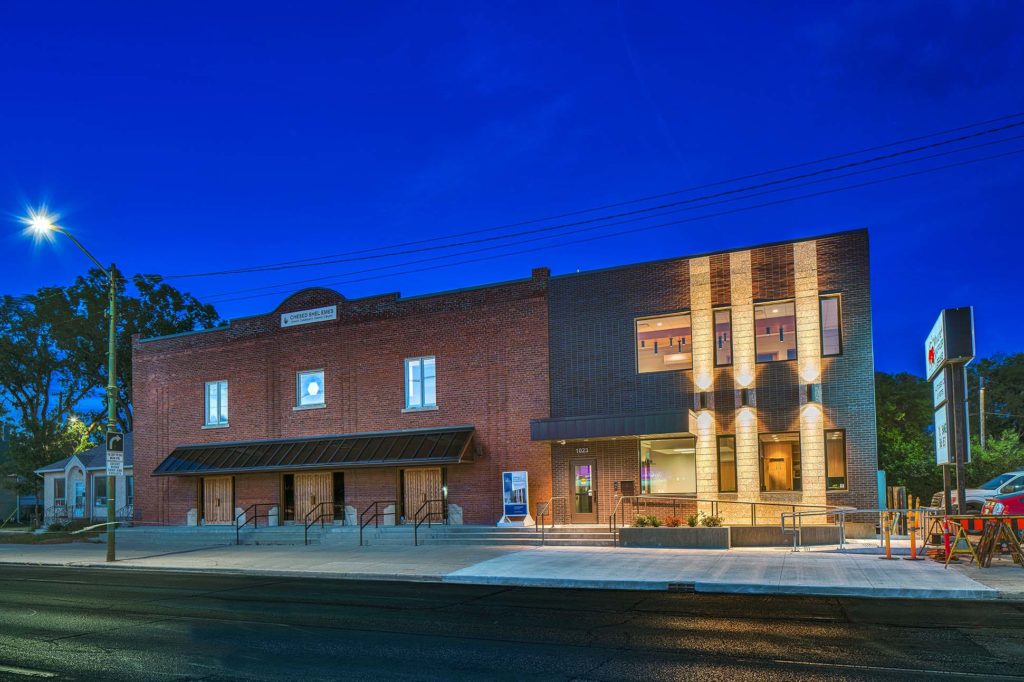
We’re delighted to share a major milestone in our Capital Campaign, “Building on our Tradition.” Launched in November 2018, this campaign aimed to replace our outdated facility with a modern space tailored to our unique needs. Our new building is designed with ritual at its core, featuring ample preparation space, Shomer space, and storage, creating a warm and welcoming environment for our community during times of need.
We’re grateful to the nearly 1,000 generous donors who contributed over $4 million towards our new facility. A $750,000 mortgage will be retired in November 2025, completing this monumental project in just seven years.
We’re also thrilled to announce that our Chesed Shel Emes Endowment Fund has grown tenfold, from $15,000 to $150,000, thanks to you, the Jewish Foundation of Manitoba’s FundMatch program, and Million Dollar Match initiative in 2024. Our fund helps ensure that everyone can have a dignified Jewish funeral regardless of financial need.
As we look to the future, our goal remains to ensure the Chevra Kadisha continues to serve our community for generations to come. Our focus now shifts to replenishing our savings account and growing our JFM Endowment fund.
We’re deeply grateful for your support over the past several years.
It’s our privilege to serve our community with care and compassion.
With sincere appreciation,
Campaign cabinet: Hillel Kravetsky, Gerry Pritchard, Stuart Pudavick,
Jack Solomon, and Rena Boroditsky
Murray S. Greenfield, President
Local News
Winnipeg Beach Synagogue about to celebrate 75th anniversary
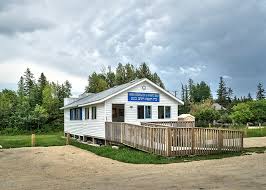
By BERNIE BELLAN (July 13) In 1950 a group of cottage owners at Winnipeg Beach took it upon themselves to relocate a one-room schoolhouse that was in the Beausejour area to Winnipeg Beach where it became the beach synagogue at the corner of Hazel and Grove.
There it stayed until 1998 when it was moved to its current location at Camp Massad.
On August 2nd members of the synagogue will be holding a 75th anniversary celebration.
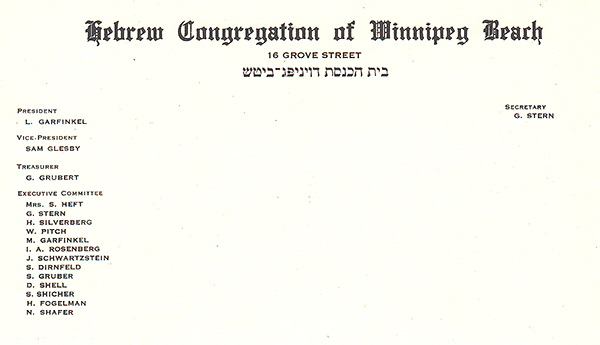
As part of the celebration anyone who is a descendant or relative of any of the original members of the first executive committee (as seen in the photo here) is invited to attend the synagogue that morning.
If you are a relative please contact Abe Borzykowski at wpgbeachshule@shaw.ca or aborzykowski@shaw.ca to let Abe know you might be attending or for more information about the 75th anniversary celebration.
We will soon be publishing a story about the history of the beach synagogue, which is something I’ve been writing about for over 25 years.
Local News
Vickar Family cuts ribbon on new Tova Vickar and Family Childcare Centre
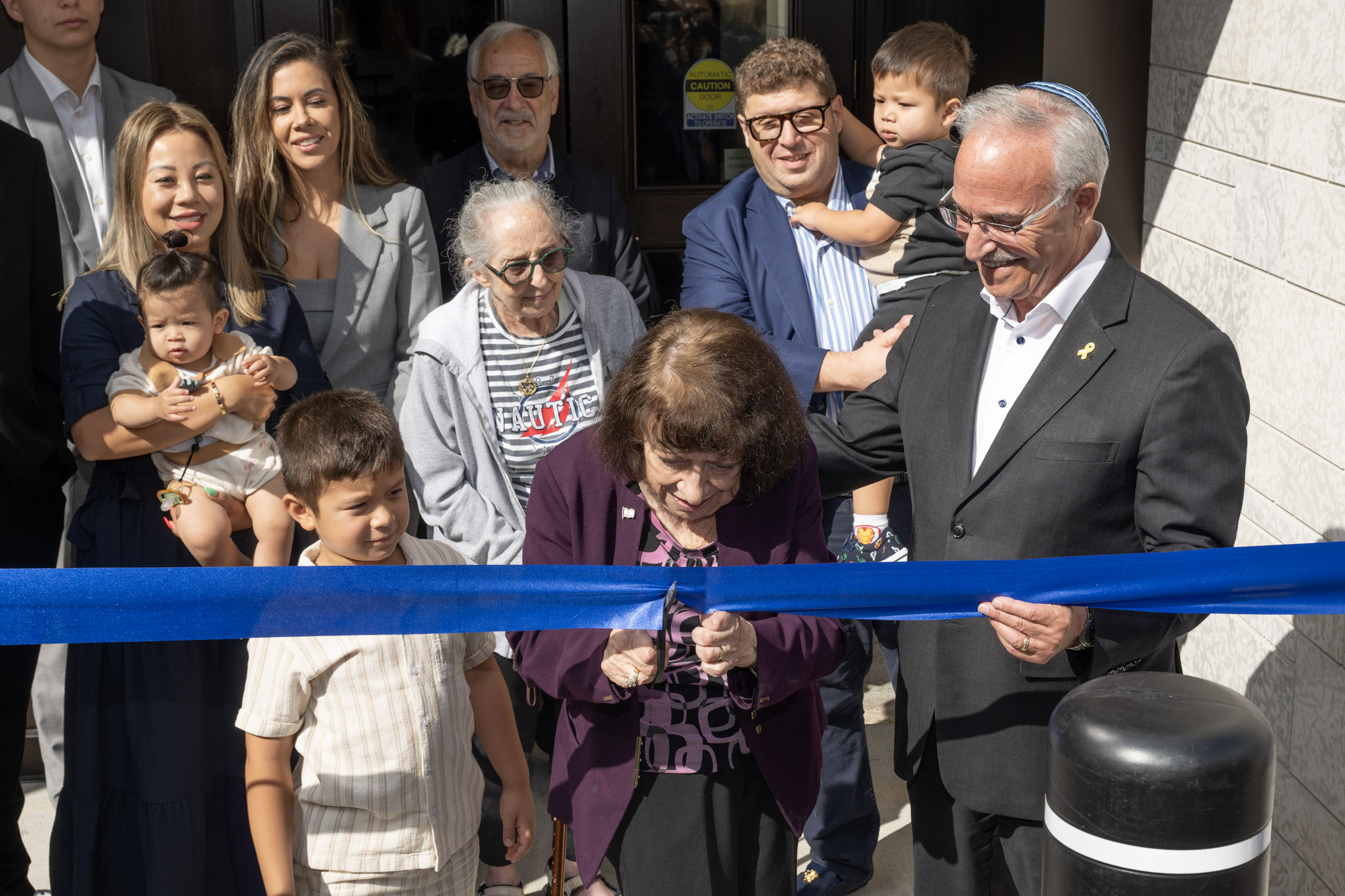
By MYRON LOVE In the words of Larry Vickar, the Shaarey Zedek’s successful Dor V’ Dor Campaign “is not only a renewal of the synagogue but truly a renewal movement of Jewish life in our community.”An integral part of that renewal movement was the creation of a daycare centre within the expanded synagogue. On Monday, June 23, Larry and Tova Vickar cut the ribbon, thereby officially opening the Tova Vickar and Family Childcare Centre in the presence of 100 of their family members, friends and other supporters of the project.
The short program preceding the morning ribbon-cutting began with a continental breakfast followed by a welcome by both Fanny Levy, Shaarey Zedek’s Board President, and Executive Director Dr. Rena Secter Elbaze. In Elbaze’s remarks, she noted that Larry and Tova wanted their family (including son Stephen and family, who flew in from Florida) and friends at the event to celebrate the opening of the Tova Vickar and Family Childcare Centre, “not because of the accolades, but because, as Larry put it, he hopes that their investment in the congregation will inspire others to do the same.”
“When Larry and I spoke about what this gift meant to him and the message he wanted people to take away,” she continued, “I couldn’t help but connect it to the teachings of Reb Zalman Schachter-Shalomi whose book – Age-ing to Sage-ing – changes the whole way we look at the concept of ageing and basing it on our ancestral teachings.”
She explained that his concept of “Sage-ing” is based on three key ideas – Discover your meaning and purpose; accept our mortality and think about the legacy you want to leave.
“Larry spoke about these exact concepts when we met,” she said.
Elbaze also noted the presence of Shaarey Zedek’s newly-arrived senior Rabbi Carnie Rose, former Rabbi Alan Green, and area MLAs Mike Moroz and Carla Compton.
Larry Vickar expressed his great appreciation for all those in attendance. “Tova and I are deeply moved to stand here with you today for this important milestone in our community”, he said. “We are grateful to be surrounded by all of you, the people we care about, our family and friends… you who have touched our lives and played some part in our journey.”
